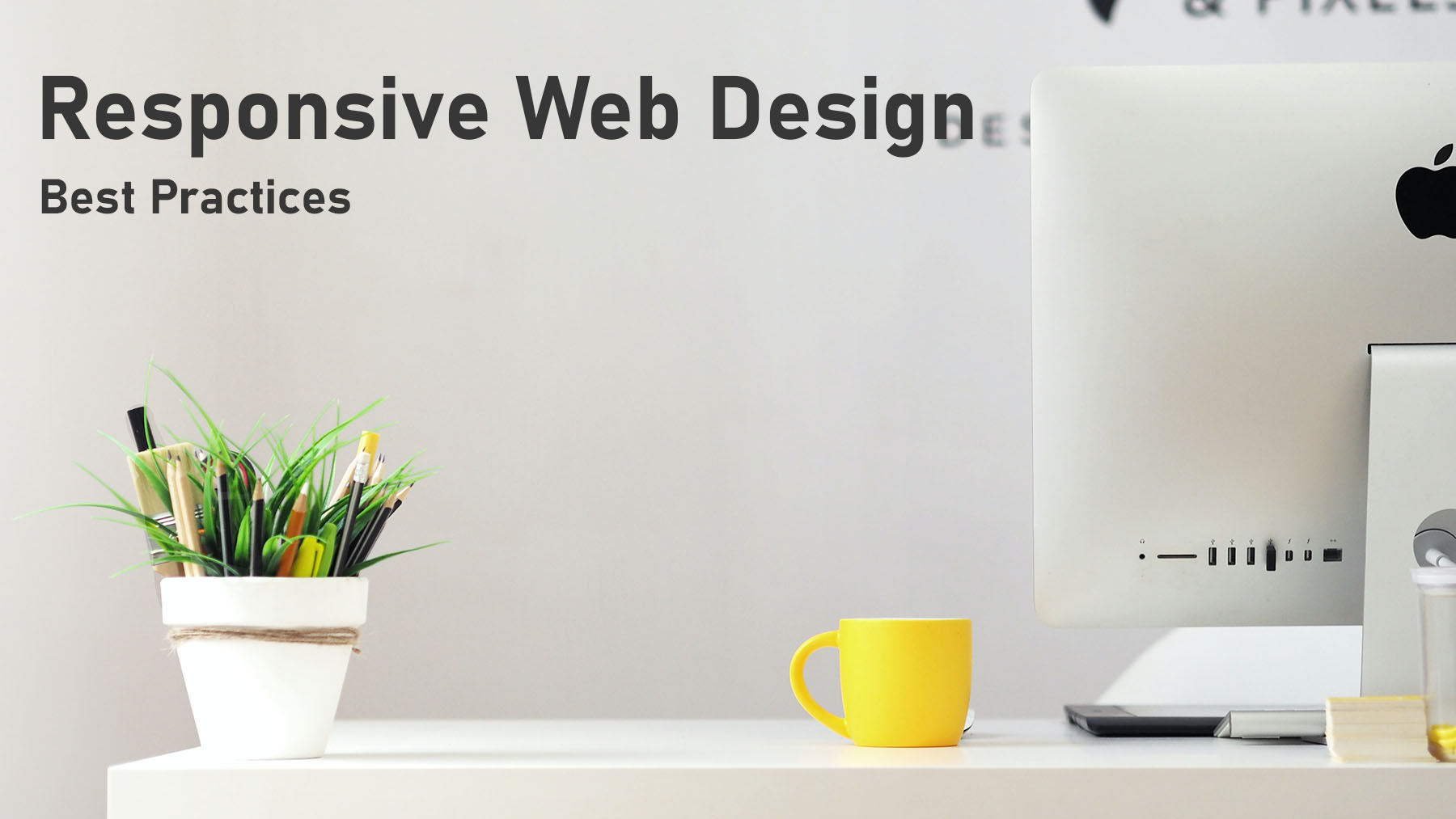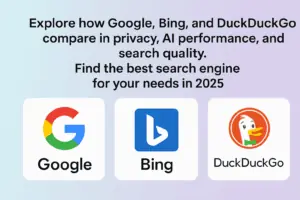When asked to create a new website design for our clients, we always highlight the importance of responsive web design. It has become an essential part of any web development teams jobs in their projects both new and old. People can access websites online from any device they want to in the modern-day, so businesses need to be aware of this factor.
Web developers are beginning to make it an initial talking point when discussing web design with potential customers. In this article, we will be discussing what responsive web design is, and why you need to know in today’s market.
What is Responsive Website Design?

Mobile responsive web design is creating your websites so that they are properly suitable to be used on all screen sizes. It is also considering how the user’s behaviours will vary depending on which device they are using and how you can capitalise on this.
In order to achieve this, web development agencies must use a mix of flexible grids and changeable layouts. As your website changes viewing from a mobile screen to a tablet screen, developers should be able to accommodate this. Certain clickable fields, for example, might need to be larger for people to be able to click them on their phones.
To put it more bluntly, websites MUST always remain responsible for your clients to be able to navigate through them from their devices. Failure to do so could cost you significantly.
Screen Resolutions
More companies are releasing new devices with different screen resolutions and orientations. Some devices are meant to be used in landscape view, others in portrait layouts.
As a result of this, web designers make it crucial to keep this in mind when designing every one of their web pages for new sites. If you can easily change screen resolutions on your page, users might not even realise that they are on a different page variation to the desktop original.
In the CSS-Tricks article ‘Optimising Large Scale Displays’, they discuss how you should also think about higher screen resolutions. Most people visiting websites today are mobile users, that’s a fact. But there are still those visitors who will be coming to your website viewing it on a larger monitor.
Making sure that your website looks great across the whole board will help to keep people engaged. People will only commit to a sale or submit an enquiry on a site that they can trust.
Responsive Images
This technique is beneficial for good responsive web design in numerous ways. Firstly, if your images can be scaled down on your web pages, people won’t be greeted with a picture that is either too large or too small to see on their screens. If your image is a clickable link that is inaccessible this will also be a problem for you.
Secondly, if you can reduce the image size over multiple devices then you will help to reduce page load time on your site. The main problem which we find time and time again in our SEO audits, keeping your page load speed down to a minimum will help to keep users engaged.
Lastly, this is a technique which is supported across multiple browsers. This means that you don’t really have a good excuse not to be using this. Simple media queries or media files will be able to make this a simple but effective mobile responsive fix.
Use Media Queries
As mentioned earlier, media queries are a CSS rule type that you can include within a line of your style sheet to affect only a specific screen width. All you need to do is set the minimum or maximum breakpoint for this custom style and then it will be in effect on the mobile site.
For example, let’s say you wanted to only display a specific image on the user’s mobile devices and not on the desktop. To achieve this, you would use a media query that has a max-width breakpoint of around 480px (the average mobile screen width). Then, you would apply your custom style to the image element like ‘display: none:’, and once updated you will find the image will only display once the screen width hits the set amount.
There are lots of tutorials which I like to refer to from time to time on the W3Schools website. This one in particular covering media queries will help to shine some light on effective responsive design.
Font Sizing
If users can’t read what you have to say on your website, then you’ve already got yourself a huge problem. Making sure that all your headings and paragraphs are easily readable for all possible audiences on any device is key to making sales.
Making sure that you can vary your font sizing across all your pages and posts will help in a lot of ways. Some of your headings might be too large to fit on smaller screens, try to use media queries or alternative sizing options to solve this issue.
16px is considered among most to be the best viewable font size across all devices. However, keep your page design in mind too before altering this as some font families might be affected more than others.
In Conclusion
As much frustration responsive web design can cause from a web developer’s point of view, the ultimate goal is to lower the user frustration. Mobile responsive websites can help your business to reach out to a wider audience online – maybe one you hadn’t even considered at first!
We hope that you can take away some useful information from this article. If you have enjoyed reading, why not look at our related article ‘The Importance of Responsive Web Design’? In this article, we cover some of the reasons why responsive design has become so important.
Looking for a new website? Our team of experienced web developers can create your bespoke sites on platforms such as WordPress, Squarespace and Shopify.










